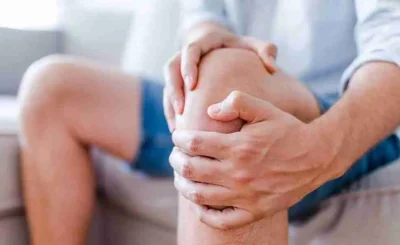Medical clinics play a critical role in making healthcare accessible to everyone. Spring weight loss, routine check-ups, and chronic disease management all happen in these settings. These clinics serve as bridges between communities and essential health services. They help ensure that people receive timely and effective care when they need it. By offering a wide range of services, medical clinics support healthier lives and stronger communities.
The Essential Services Offered
Medical clinics offer an array of services that cater to diverse health needs. These clinics provide:
- Preventive care like vaccinations and screenings.
- Management of chronic conditions such as diabetes and hypertension.
- Maternal and child health support.
Each service is designed to meet specific health challenges faced by individuals. Preventive care often stops issues before they start. Chronic condition management ensures ongoing health and stability. Maternal and child health services support families at crucial life stages.
Accessibility and Community Impact
Medical clinics enhance healthcare accessibility by being present in both urban and rural areas. According to the Centers for Disease Control and Prevention (CDC), access to primary health services reduces hospital admissions and improves overall health outcomes. Clinics often offer sliding scale fees or accept various insurance plans to help reduce financial barriers for patients.
These clinics also become vital community resources. They often participate in local health fairs and community events. This involvement builds trust and encourages more people to seek care without hesitation.

Comparison of Clinic Types
Different clinics meet different needs. Understanding their offerings helps them choose the right care. Here’s a comparison of common clinic types:
| Clinic Type | Services Offered | Accessibility |
| Primary Care Clinics | Routine check-ups, preventive care, chronic disease management | High – Often found in most communities |
| Specialty Clinics | Focused care in areas like cardiology, dermatology | Moderate – Located in larger cities or near hospital centers |
| Urgent Care Clinics | Immediate care for non-life-threatening issues | High – Convenient hours and locations |
Challenges and Future Prospects
While medical clinics provide many benefits, they face challenges such as staffing shortages and funding limitations. The U.S. Department of Health and Human Services highlights ongoing efforts to address these issues through policy changes and educational initiatives. By focusing on training and technology, clinics aim to increase efficiency and reach more patients.
Looking ahead, medical clinics are poised to play an even greater role in healthcare delivery. Telemedicine, for instance, expands its reach and improves patient convenience. This digital shift promises to enhance service availability and quality.
Conclusion
Medical clinics stand as vital pillars in the healthcare system. They provide essential services, improve accessibility, and contribute positively to community health. By overcoming challenges and embracing innovation, these clinics will continue to serve as key players in providing accessible healthcare for everyone. With ongoing support and adaptation, they ensure that health services meet the evolving needs of our communities.








